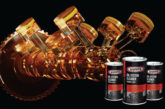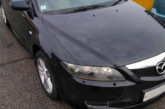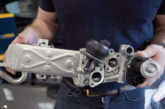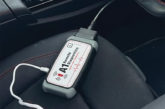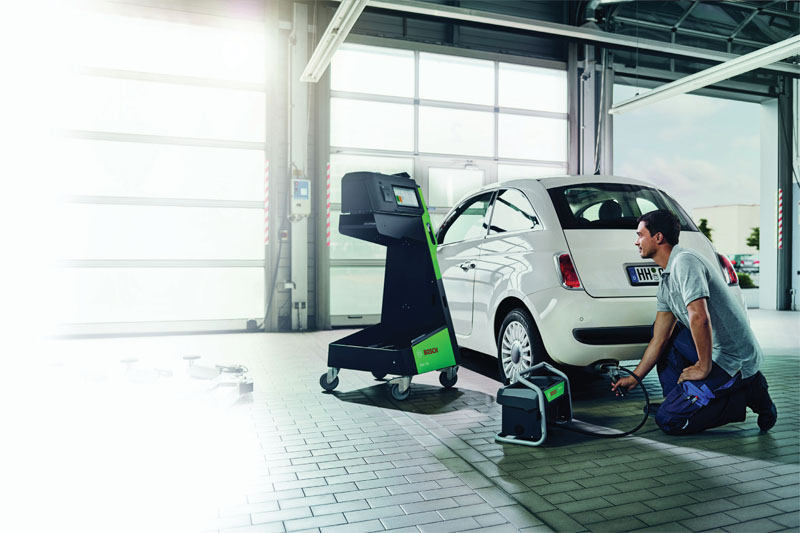
Bosch has had a hand in the development of many aspects of modern vehicle technology, not least in the progression of sensors. Here, the company runs through the range of exhaust gas sensors that can play such a crucial role in diagnostic processes.
Nowadays, different sensors installed at the exhaust tract of modern passenger cars and commercial vehicles monitor the exhaust gas composition with top precision. They make an important contribution to compliance with legal emission limits and the regulations concerning on-board diagnosis. It is therefore crucial to replace defective and worn sensors.
As well as lambda sensors, particle sensors and differential pressure sensors, the Bosch range now also includes exhaust gas temperature sensors, and nitrogen oxide sensors for most of the vehicles on the European market. The combination of these sensors with the Denoxtronic exhaust gas treatment system provides workshops with a comprehensive range of exhaust gas treatment components.
Reliable analysis of the exhaust gas composition is the basis for efficient exhaust gas treatment. For this reason, modern cars and commercial vehicles are equipped with different sensors installed into the exhaust duct. All of these sensors are integrated into the on-board diagnostic system and can easily be identified and checked using a diagnostic tester such as, a Bosch KTS. If defective, Bosch sensors can be replaced both easily and quickly.
Nitrogen oxide sensors
A growing number of diesel cars and light and heavy commercial vehicles are equipped with nitrogen oxide sensors. Due to a heat-resistant ceramic sensor element, these sensors can measure the amount of nitrogen oxide (NOx) downstream of the SCR catalytic converter. Some engine types include a second nitrogen oxide sensor upstream of the catalytic converter, which controls the amount of urea (AdBlue) injected into catalytic converter for the selective catalytic reduction (SCR). This reduces the NOx emissions. In addition, they also monitor the SCR components. As SCR technology is used more frequently, nitrogen oxide sensors become increasingly important for the aftermarket and workshop business. The current Bosch range comprises 17 part numbers.
Exhaust gas temperature sensors
Exhaust gas temperature sensors can be installed at different locations within the exhaust duct of diesel and gasoline engines. They measure the temperature of exhaust gases and send an electric voltage signal to the engine control unit. Used in diesel engines, exhaust gas temperature sensors monitor the temperature of the particle filter. Therefore, they significantly contribute to compliance with emission limit values and fuel efficiency. Used in gasoline engines, exhaust gas temperature sensors are used to protect critical components, such as catalytic converters and turbochargers. Since July 2020, the Bosch aftermarket range for workshops comprises some 80 part numbers.

Particle sensors
The particle sensor range comprises 31 part numbers and is continuously expanding. These sensors analyse the amount of soot particle contained in diesel emissions through resistance measurement. Based on the values obtained, the control unit analyses the functionality of the diesel particle filter. Prior to each measurement, the sensor element is regenerated by heating it up in order to keep the sensor in the same condition for all measurements.
Differential pressure sensors
Differential pressure sensors measure the pressure difference of the particle sensor. The values measured provide information on the condition of the particle filter in order to trigger the demand-based and fuel-saving particle-filter regeneration – known as self-cleaning or burning clean. Differential pressure sensors are also used to control low-pressure exhaust gas recirculation. The current Bosch range comprises more than 30 part numbers for these sensors.
Lambda sensors
Lambda sensors determine the amount of oxygen contained in exhaust gases. Based on this value, the engine control unit determines the optimum fuel quantity to be injected into the combustion chamber. Lambda sensors are used in gasoline, diesel and gas engines. Bosch’s range of lambda sensors cover more than 80% of all vehicles on the market.
With their high measurement accuracy, these sensors actively support engine efficiency and effective exhaust gas treatment. Compared to worn lambda sensors, new lambda sensors allow fuel savings of up to 15%.
Denoxtronic
The Denoxtronic exhaust gas treatment system is also of growing importance. Increasingly used in diesel-powered vehicles, it generates additional potential for automotive workshops.
This system injects a watery urea solution (known as AdBlue) into the exhaust duct. In combination with the SCR catalytic converter, this allows for the turning of nitrogen oxides (NOx) into water and nitrogen. As a Denoxtronic system developer, Bosch provides comprehensive solutions for workshops – from diagnosis and spare parts, through to repairs and technical training.

